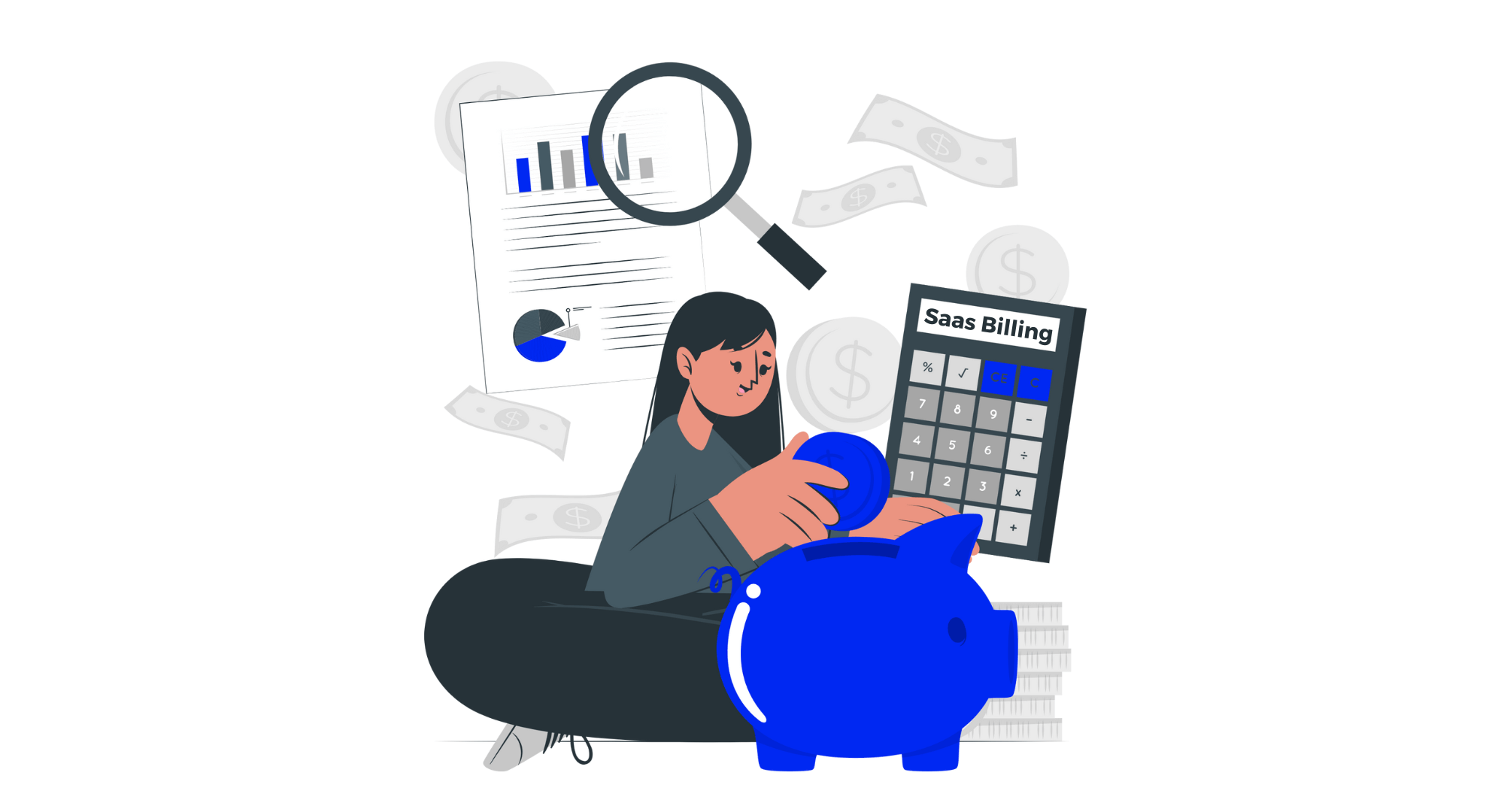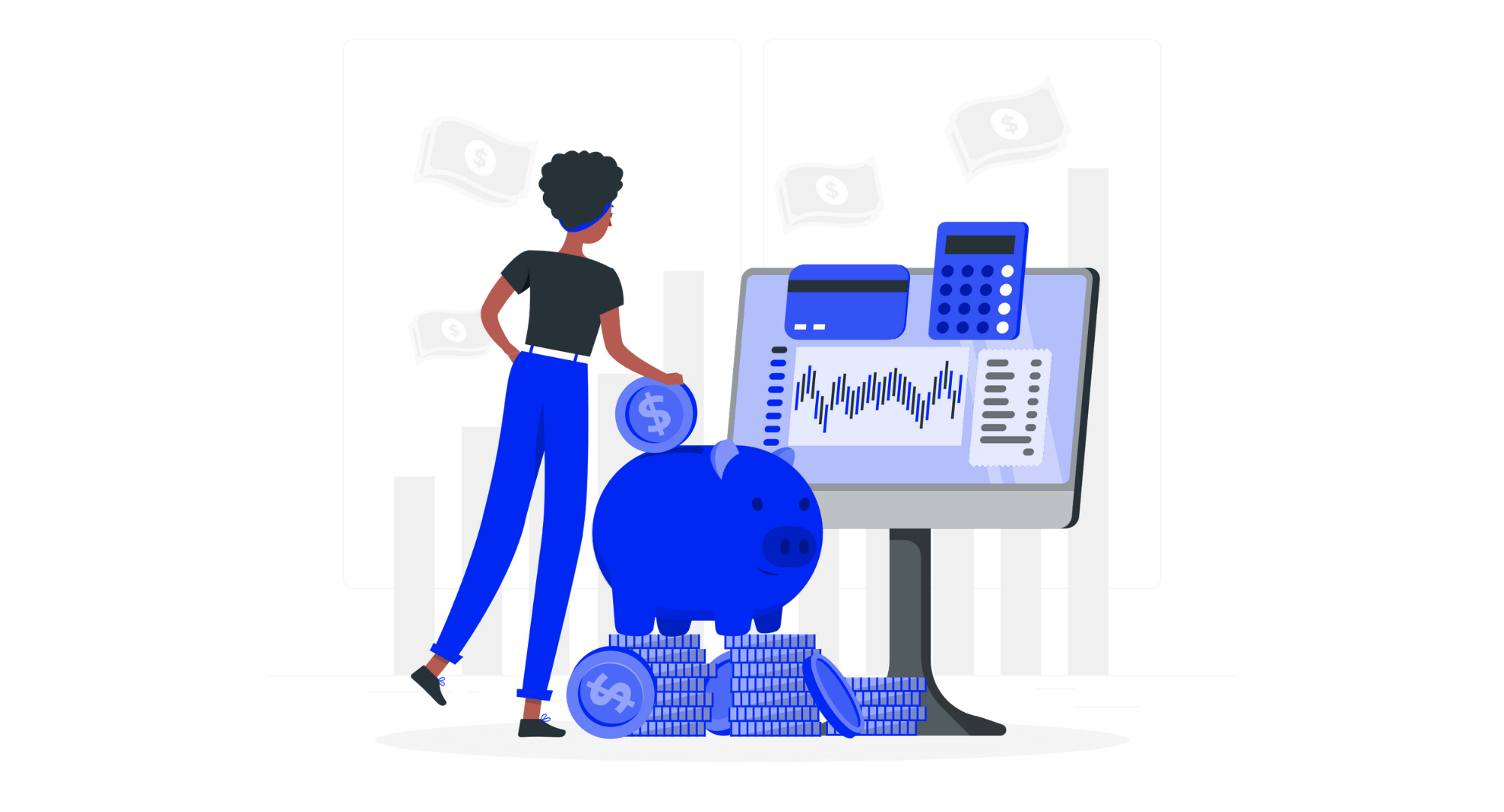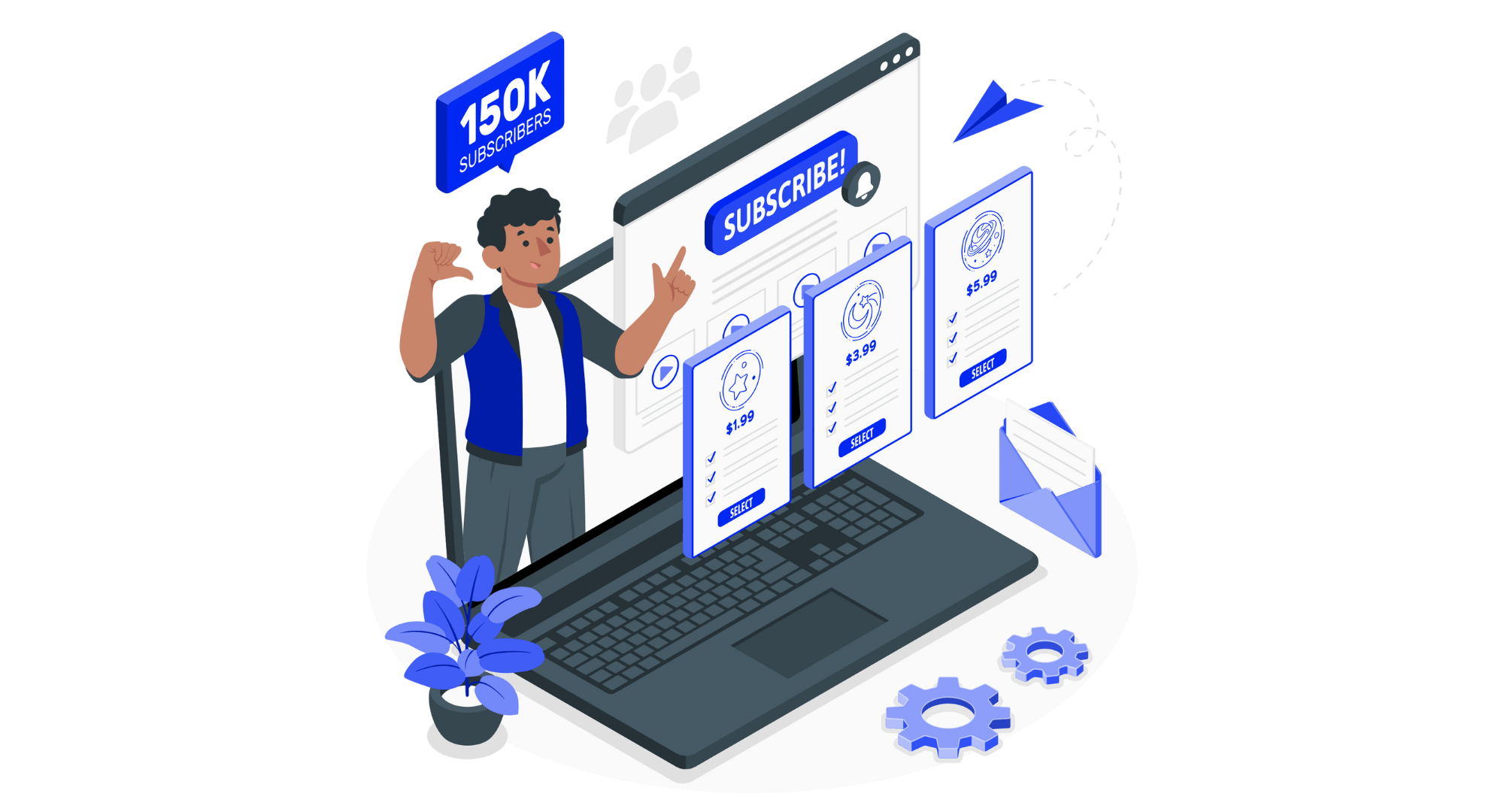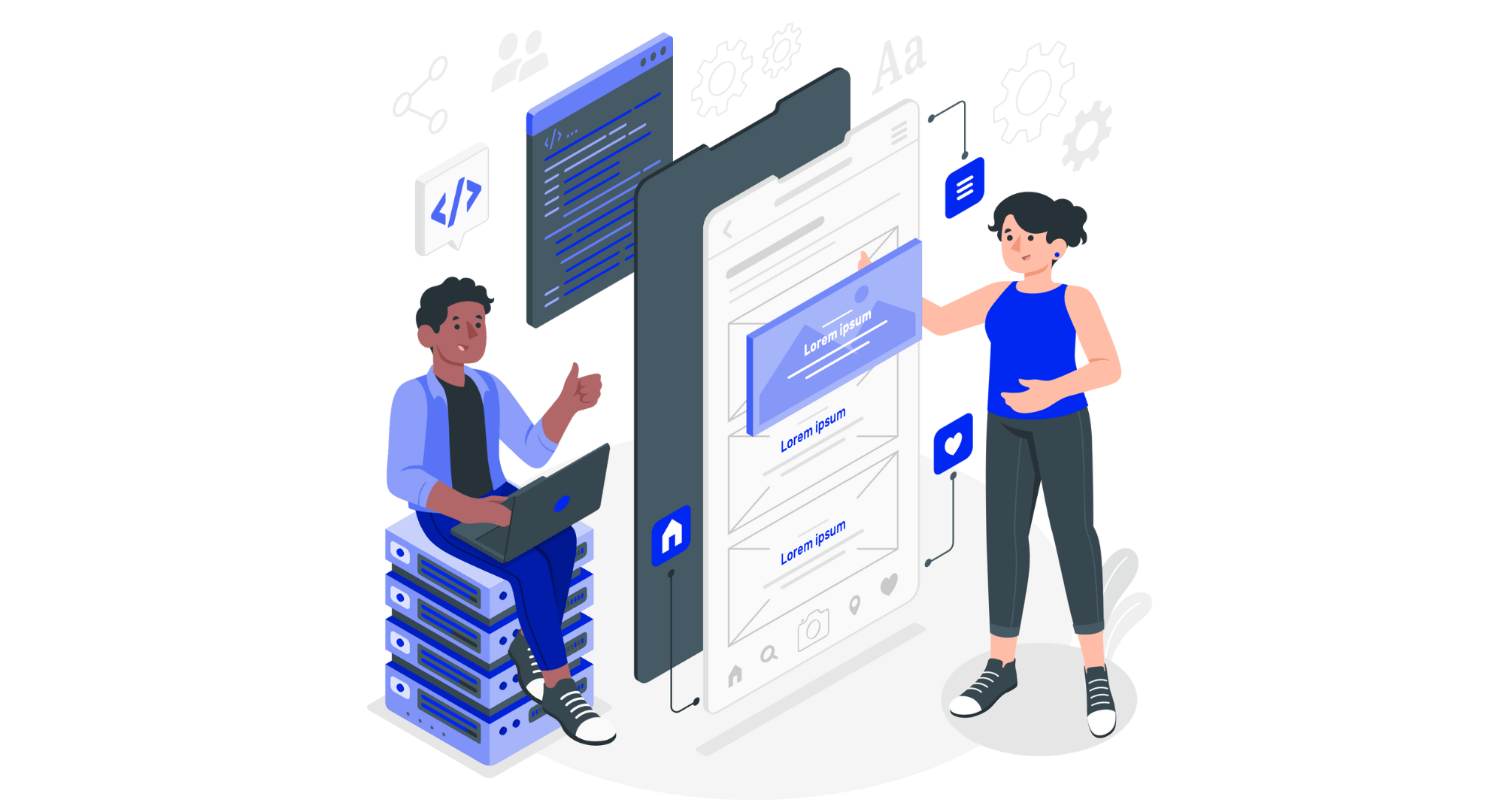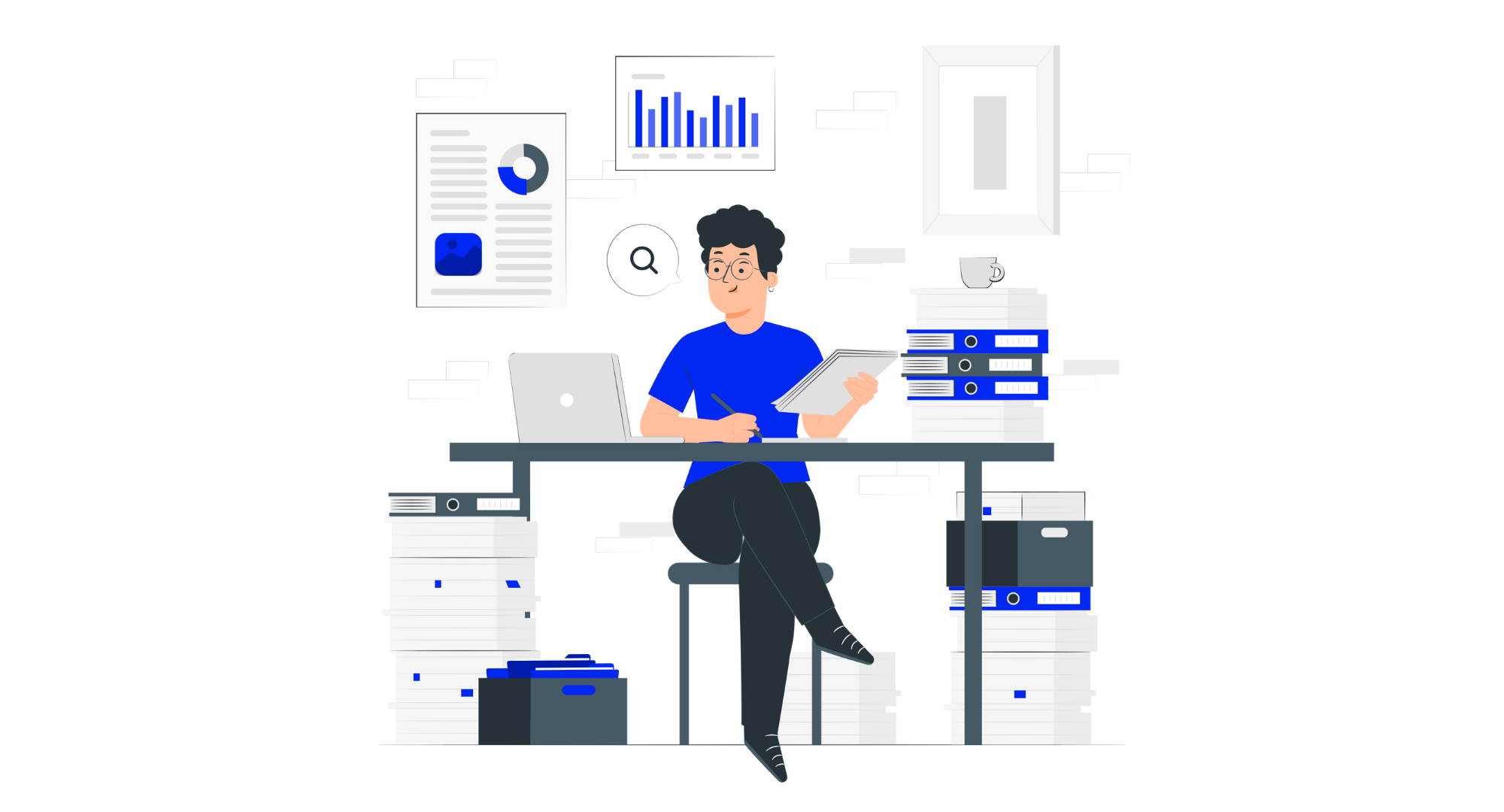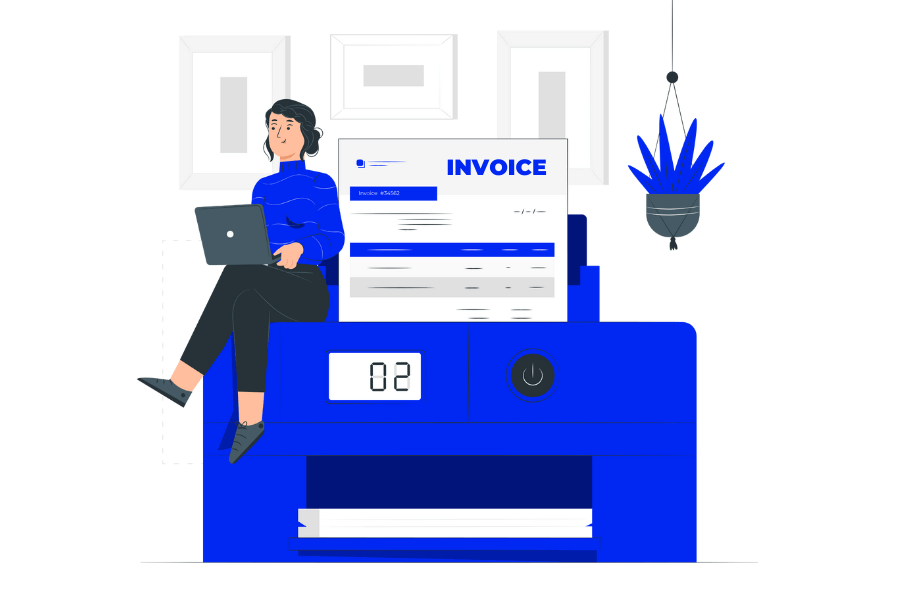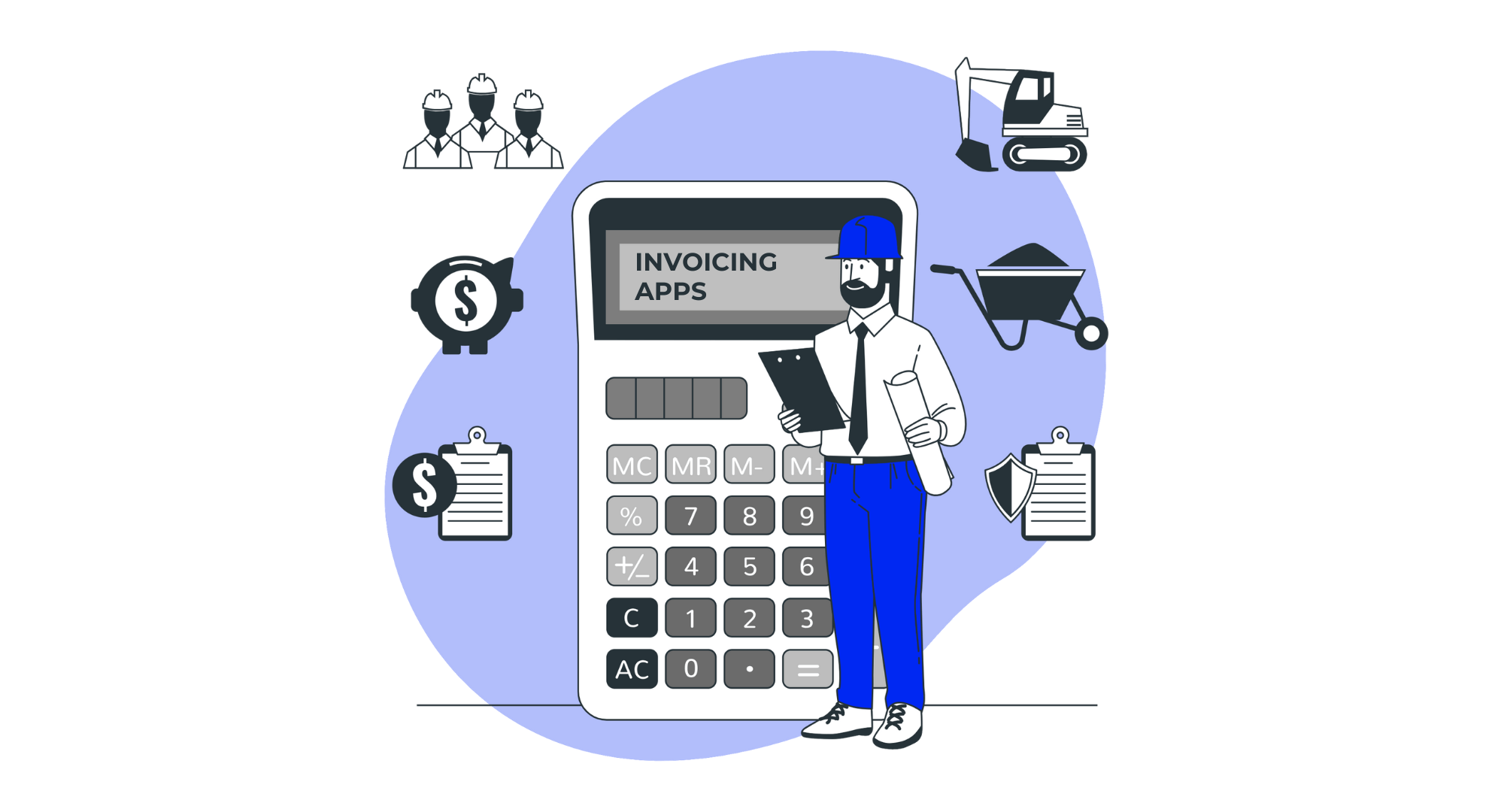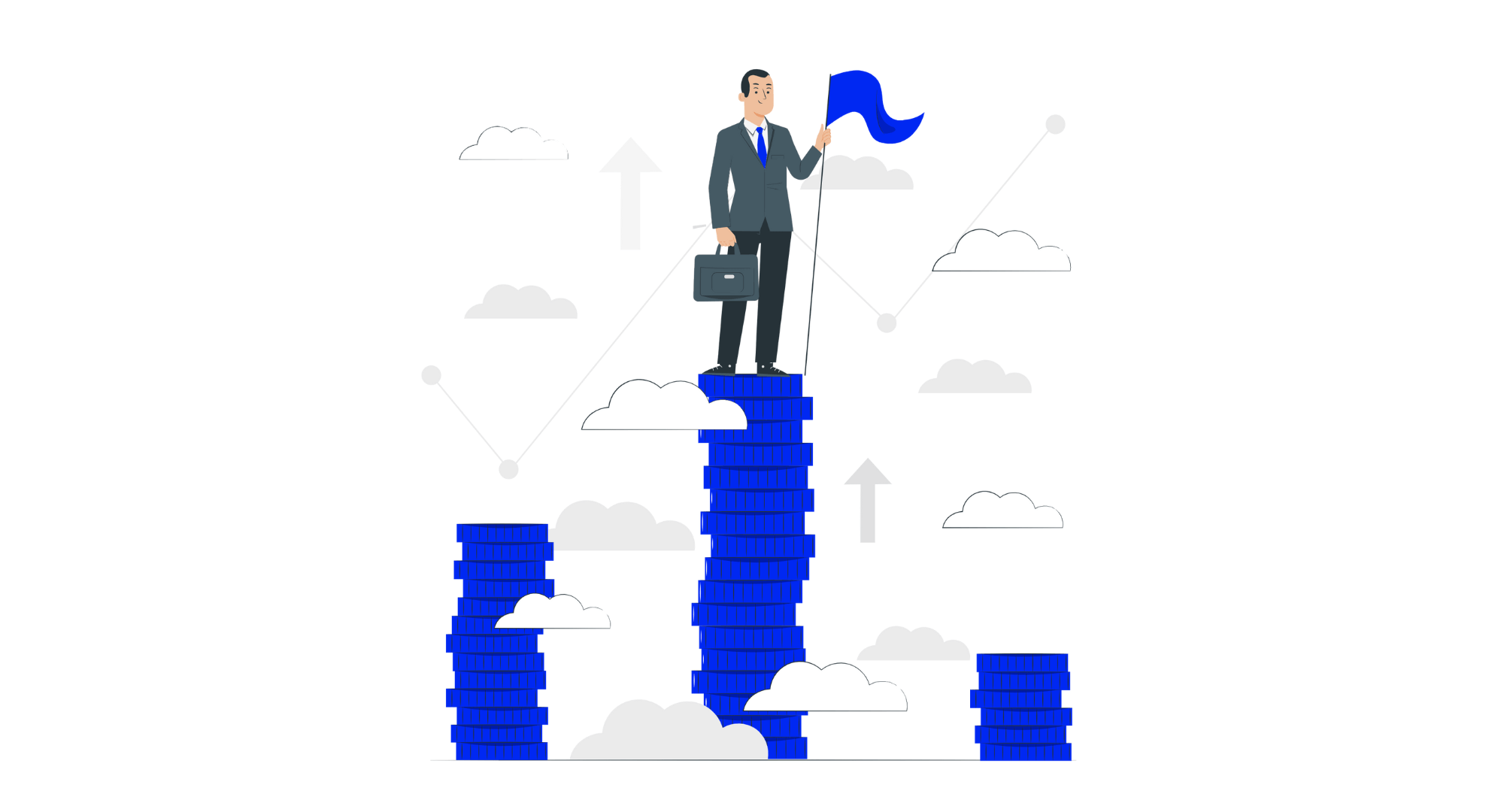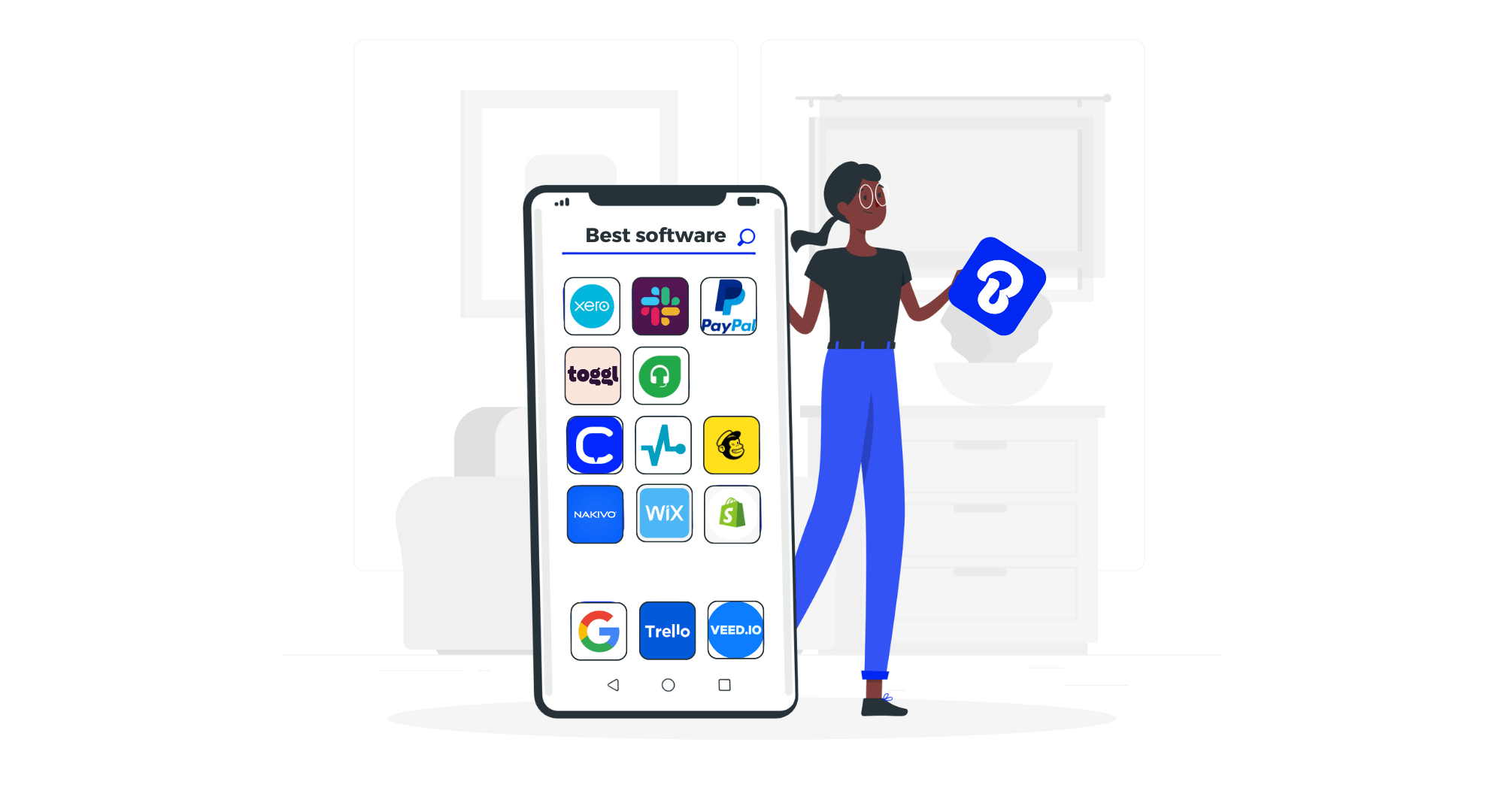
As businesses continue to invest heavily in SaaS solutions, understanding how to navigate the intricacies of SaaS billing becomes pivotal.
Let us understand SaaS billing and explore the various strategies for effective SaaS billing management. This will ensure that your organization can fully harness the benefits of modern cloud-based software solutions without breaking the bank.
Software-as-a-service (SaaS) represents the latest revolution in this dynamic and ever-changing global environment. Yet, as more organizations rely on SaaS solutions to meet their operational needs, the intricacies of billing strategies in a SaaS meter service environment become more apparent for cost-sensitive entities striving to maximize profits while streamlining finance processes.
To set the stage, let’s take a glance at some real-life statistics that underscore the significance of SaaS in contemporary business practices:
- According to this report by Synergy Research Group, the global SaaS market will generate a staggering $145 billion in annual revenue by 2021, with a 21% growth rate compared to previous levels.
- Over three-quarters of the organizations plan to migrate most of their applications into SaaS by 2021. Therefore, organizations of all sizes are at a growing risk of fumbling with regulatory billing-related complications in this diverse ecosystem.
- According to the Flexera 2021 State of Tech Spend Report, businesses are diverting substantial IT budget shares into SaaS usage since companies spend an average of 23% of their cloud services.
However, as businesses become increasingly SaaS-dependent, understanding the nuances of billing for these solutions becomes increasingly important.
As noted above, the strategies for effective SaaS billing management ensure that your organization can reap maximum benefits from modern applications on the Cloud with minimal cost.
Key Takeaways
- SaaS billing automates the process of charging for software services, typically through subscription or usage-based models, ensuring a smooth and continuous revenue stream.
- It encompasses comprehensive lifecycle management including user onboarding, subscription handling, and payment collection, aimed at enhancing user experience and operational efficiency.
- Best practices such as transparent pricing, flexible payments, and subscription simplicity play a pivotal role in customer satisfaction and retention within the SaaS billing process.
- The adaptability offered through various billing models, including subscription-based, usage-based, and hybrid options, allows SaaS companies to cater to diverse customer needs and usage patterns.
What is SaaS Billing?
SaaS billing is a process of revenue management and invoices to customers using software applications. The SaaS software distribution model concerns third-party organization hosting for applications subscribed to by end users via the Internet.
Users no longer have to purchase and install software on individual computers as they can open a web browser, navigate the website for this service or application, and start using it.
SaaS billing encompasses calculating rates charged per customer, periodicity of billing (monthly or once a year), and pricing models.
Learn the differences between invoicing and billing in our expert article.
Importance of SaaS Billing Management
A SaaS billing management system is significant to the success of software-as-a-service companies. It:
- Ensures accuracy and on-time invoicing to avoid revenue leakage.
- A billing transparency reputation helps customers trust and be satisfied with their service providers.
- It allows businesses to scale effectively at more significant volumes of transactions.
- Aids in compliance with regulatory measures to avoid legal complications and fines.
- Billing data can be a good source of information for knowledgeable decisions.
- Automation eliminates human mistakes and brings efficiency to administrative work.
- Tracks subscription renewals and upgrades for streamlined revenue.
- Supports proper financial estimates and budgeting.
- They also improve communication by integrating with customer support systems, making billing easy to understand and significantly reducing the cases of unresolved disputes.

